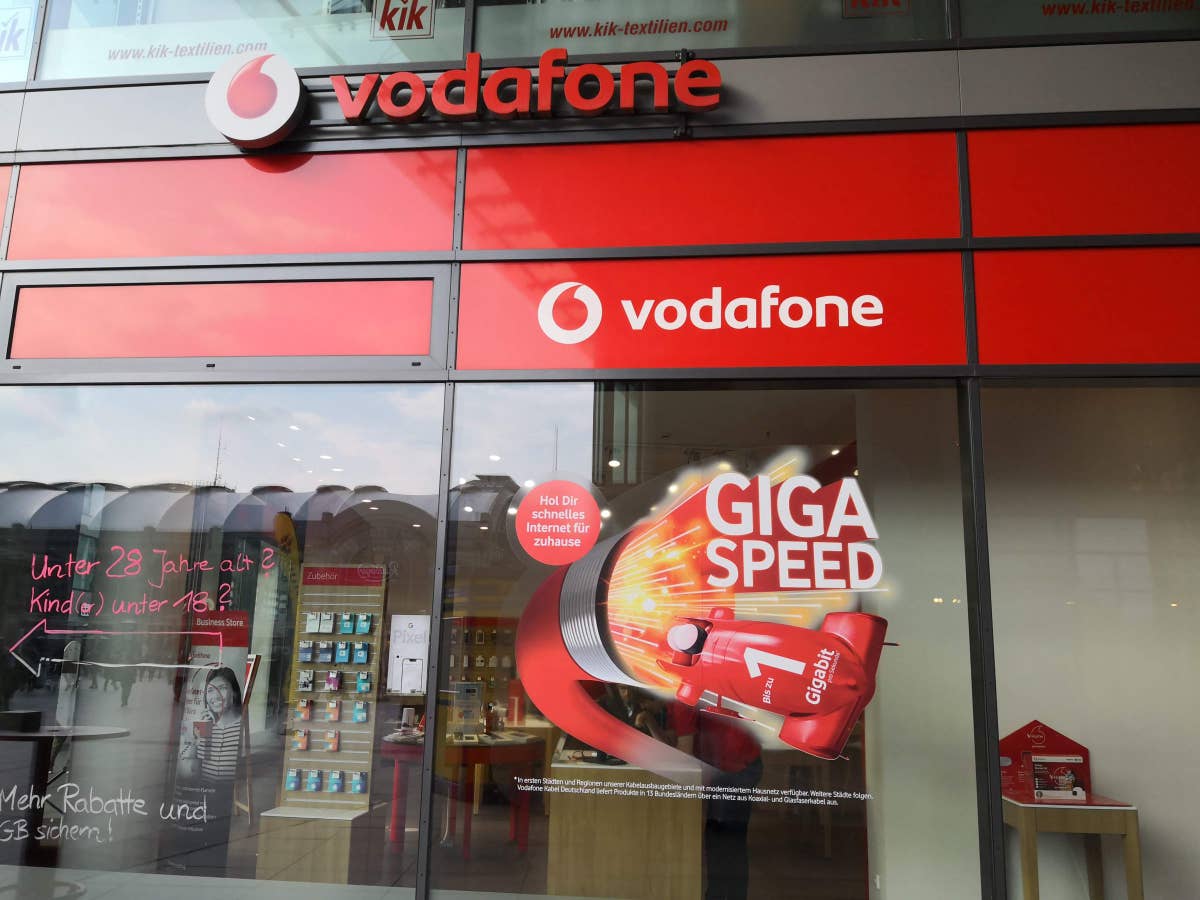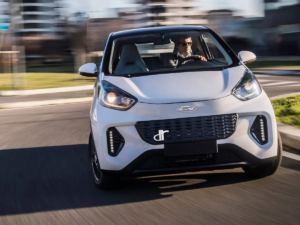The end of a year is always an opportunity to look back and take stock. Vodafone has now done this and reports: The network expansion is complete. What are the future plans for the network?

Data traffic in Germany is growing inexorably. At Vodafone alone, the data volume transported in the cable network rose again in 2022 by 6 percent to 35 exabytes. This is particularly notable because home office use has declined in 2022 and many have returned to the office. Vodafone has also invested in the network in the past year so that this volume of data can be routed via the networks. On the one hand, this involves the so-called backbone networks, i.e. the networks for data transport on the Internet – but also the connections. The company has now equipped its own cable network with Docsis 3.1 gigabit technology across the board . To date, there were still connections that could not use this technology. “This year we have the introduction ofDocsis 3.1 has been completed in our cable fiber optic network and thus brought almost all 24 million connections to gigabit speed,” says Marcel de Groot, Managing Director Private Customers at Vodafone Germany. However, the word “almost” also implies that there are still connections that cannot yet get gigabit data rates. It seems to stay that way.
1,500 MEASURES FOR A FASTER CABLE NETWORK
Existing Vodafone customers keep hearing that the network is overloaded. The data rate drops, especially in the evening hours when many customers are using streaming services. According to Vodafone, it has tried to counteract this. In the existing network, the focus was on increasing quality. In order to make the fixed network more stable and reliable, Vodafone has also carried out around 1,500 segmentation measures – a significant increase of almost 50 percent compared to the previous year. More than 750,000 households will benefit from these measures alone.
Vodafone implemented the largest projects of 2022 in Bremen (95,000 households), Nuremberg (53,000 households), Freiburg (21,000 households) and Dresden (15,000 households). Put simply, with these node splits, the number of users in a residential area who share the fiber optic feed and the cable capacity is halved. As a result, there is more capacity for each individual. Marcel de Groot, Managing Director Private Customers at Vodafone Germany, says about the expansion measures that the technicians have “pulled additional fiber optic routes and fiber optic nodes into the network and managed more segmentation measures than ever before.”
FTTH: VODAFONE ALSO BUILDS REAL FIBER OPTIC LINES
But Vodafone has also laid real fiber optic connections to households. According to Vodafone, there are 14 new expansion projects for another 300,000 households and companies that get FTTH . In October, Vodafone also formed an alliance with Altice to build up to 7 million additional fiber lines. In addition, Vodafone started partnerships for the marketing of many millions more FTTH connections on the fiber optic infrastructure of German fiber optics and Deutsche Telekom . Conversely, you can also book the Vodafone cable connections via O2, for example .


